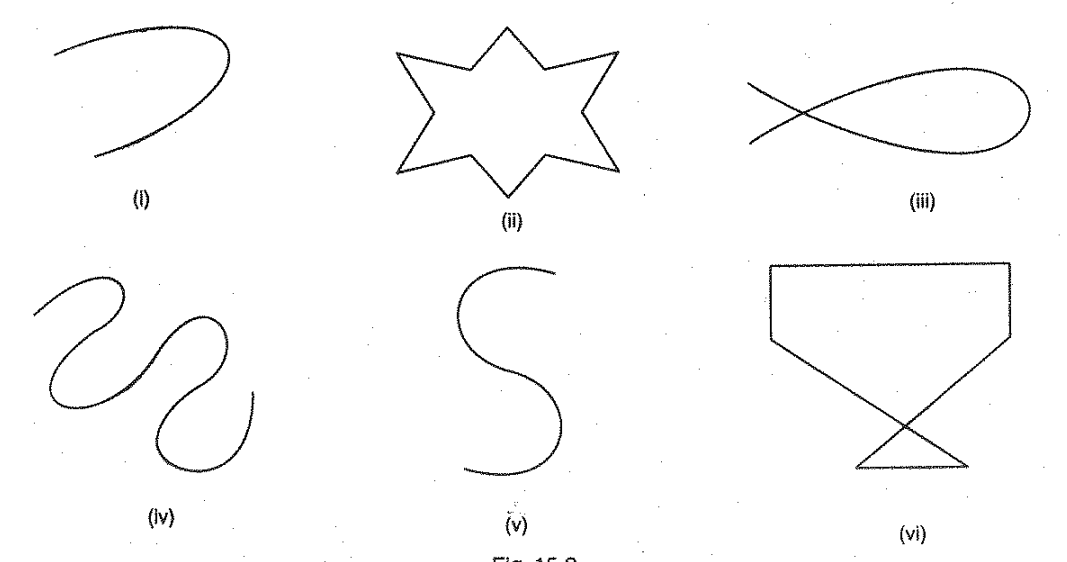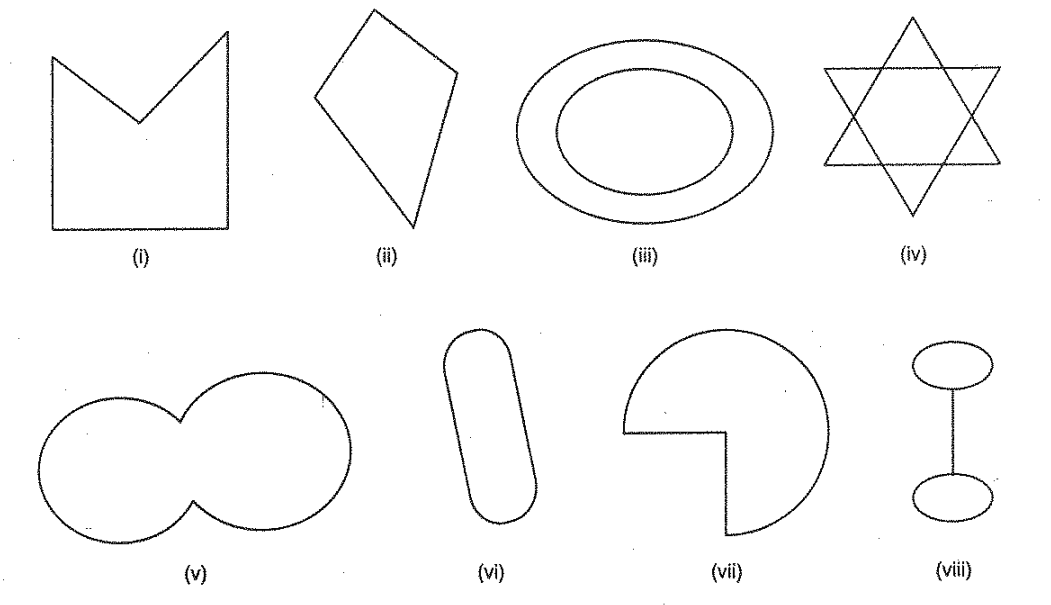If the incircle of the ΔABC touches its sides at L, M and N as shown in the figure and if x, y, z be thecircumradii of the triangles MIN, NIL and LIM respectively, where I is the incentre, then the product xyz is equal to:
(A) Rr2 (B)rR2
(C) 12Rr2 (D) 12rR2
Step by step video solution for If the incircle of the Delta ABC touches its sides at L, M and N as shown in the figure and if x, y, z be thecircumradii of the triangles MIN, NIL and LIM respectively, where I is the incentre, then the product xyz is equal to: (A) R r^2 (B) r R^2 (C) 1/2R r^2 (D) 1/2r R^2 by Maths experts to help you in doubts & scoring excellent marks in Class 11 exams.
Updated on:21/07/2023Similar Questions
If alpha , beta are the roots of 6x^2-2x+1=0 and s_x=alpha^n+beta^n , then Lt_(n->oo) sum_(r=1)^n s_r is (a) 5/17 (b) 0 (c) 3/37 (d) none
View SolutionIf alpha , beta gamma are the roots of the equation x^3+px^2+qx+r=0 , then (1-alpha^2)(1-beta^2)(1-gamma^2) is equal to (a) (1+q)^2-(p-r)^2 (b) (1+q)^2+(p+r)^2 (c) (1-q)^2+(p-r)^2 (d) none of these
View SolutionIf m and x are two real numbers where m∈I, then e2micot−1x(x⋅i+1x⋅i−1)m
(A) cosx+isinx (B) m2 (C) 1 (D) m+12
View SolutionSum of the series 1+2^2x+3^2x^2+4^2x^3+.....to oo , |x| (A) (1+x)/(1-x)^3 (B) (1-x)/(1+x)^3 (C) (2+x)/(1-x)^3 (D) (1-x)/(1+x)^2
View SolutionClassify they following curves as open or closed:

View SolutionFollowing are some figures: Classify each of these figures on the basis of the following:(i) Simple curve (ii) Simple closed curve (iii) Polygon (iv) Convex polygon (v)Concave polygon (vi) Not a curve

View SolutionIf the incircle of the ΔABC touches its sides at L, M and N as shown in the figure and if x, y, z be thecircumradii of the triangles MIN, NIL and LIM respectively, where I is the incentre, then the product xyz is equal to:
(A) Rr2 (B)rR2
(C) 12Rr2 (D) 12rR2
View SolutionIf m and x are two real numbers where m∈I, then e2micot−1x(x⋅i+1x⋅i−1)m
(A) cosx+isinx (B) m2 (C) 1 (D) m+12
View Solution
